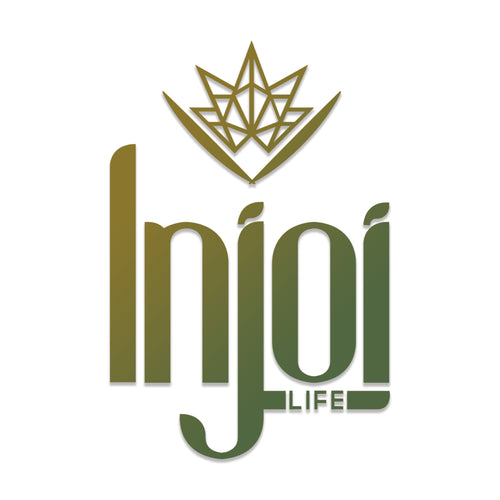Our premium products are made with luxury materials.
Our Luxury Cotton Explained: Pima Cotton vs Regular Cotton
One simple Google search for the words “cotton plant” will open a plethora of information. For a simple plant, the diversity of applications and uses is almost endless. Similar to a tomato, many varieties, applications, and factors contribute to an end result. Cotton is the primary natural fiber used by humans today, amounting to about 80% of the world's natural fiber production. Not all cottons are created equal, and many are grown in different environments that produce different results.
When people think of cotton, they usually think of apparel. Cotton is vital not only to the apparel industry but to agriculture and global trade industries as well. Once the fibers are harvested, the byproducts of the cotton plants are reused as bedding and food for animals. Because of cotton's mass appeal and multi-faceted uses, farmers, scientists, and consumers have all placed a great deal of resources into better understanding this plant.
Cotton Strands Explained
All cotton plants come from the genus Gossypium family. The two primary cotton species are the Gossympium Hirsutum and the Gossypium Barbadense. Gossypium Hirsutum makes up 97% of the cotton consumers are familiar with; the generic term for this cotton is Upland cotton. Upland cotton is the most widely planted species of cotton globally. It can grow in a variety of environments, making Upland cotton a significant source of trade for countries all over the world; including China, India, the United States, Pakistan, Brazil, Uzbekistan, and Australia.
The remaining 3% of the cotton produced worldwide is from the Gossypium Barbadense species. These are rare, valuable, and high-quality cotton fibers that produce a much different final product. The common names for this species of extra-long staple (ELS) cotton are Sea Island, Egyptian, American Pima, and Peruvian Pima. Gossypium Barbadense ELS cotton has a premium value and is traded across the globe. ELS cotton is known for its long, durable, and silky cotton fibers. The names for the different varieties of Gossypium Barbadense often only reflect the location from which they were grown i.e.
Egyptian cotton, Sea Island cotton, and Pima cotton are in the top 3% of cottons grown globally, and are distinctly different than regular cotton (Gossypium Hirsutum).

